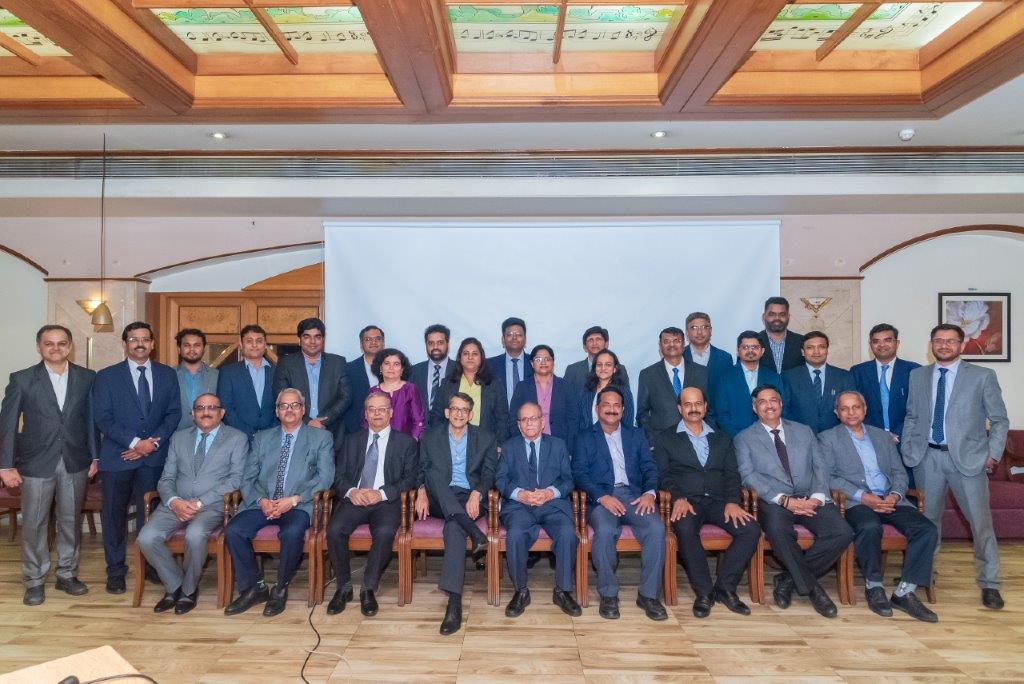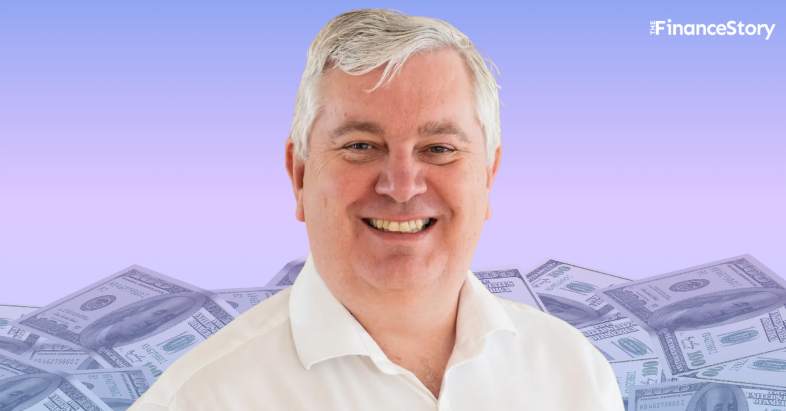- In 1956, when India’s economy was just finding its feet and the idea of a full-service CA firm was nearly unheard of — CA B.R. Pandit founded Kirtane & Pandit in Pune.
- Fast forward to 2025: K&P enters its 70th year with 900+ professionals, 30+ partners, 11 offices across India.
- And spin-offs like KPIT Technologies — now a ₹38,977 Cr global tech giant!
History of Kirtane & Pandit: Built in phases
Phase 1: 1950s–1980s | Humble Beginnings & Steady Growth
- 1956: K&P began in Pune when economic activity in India was limited. The early years were slow but laid a strong foundation.
- 1960s: The firm started seeing significant growth, driven by strong word-of-mouth and a growing local client base.
- Late 1970s – Early 1980s: CA Ravi Pandit, MIT MBA and son of the founder, took over leadership. He brought in fresh ideas and a bold vision, setting the stage for what came next.
Phase 2: 1990s | India opens up, so does K&P
The 1991 liberalisation was a turning point — not just for India, but also for Kirtane & Pandit.
While the firm’s core audit and tax services continued, K&P strategically diversified and started an IT division as Pune was fast becoming India’s automotive hub.
That spin-off: KPIT Technologies origin:
- CA Ravi Pandit and CA Kishor Patil spun off K&P’s IT division to create KPIT Technologies — now a ₹38,977 Cr global software leader serving BMW, Honda, and GM. Ravi Pandit made the Forbes Billionaires List 2024 worth $1.2 billion.
- K&P also launched one of India’s first ESOP advisory firms, which later became ESOP Direct — acquired by Qapita Fintech in 2022.
These ventures weren’t side projects — they reflected a culture of entrepreneurship and foresight.
Phase 3: 2000s | New verticals, new cities
- 2002: A strategic reset — K&P began formalising verticals and expanding its national footprint.
- 2005: VAT was introduced in India. K&P responded swiftly by launching its Indirect Tax practice, first for existing clients, then as a separate service line. Over time, domain experts were brought in, one of whom is now a partner leading the division.
- 2006–2010: The firm expanded to Mumbai, Bengaluru, and Hyderabad with new practices and leadership layers.
Phase 4: 2011–2025 | Compounding growth
- 2013: With the new Companies Act, IFRS, IndAS, and IFC/ICFR requirements – K&P’s forensic, risk, and internal audit work surged.
- 2017: GST arrived. K&P pivoted its indirect tax practice again, scaling it with speed.
2020s: The compounding kicked in
- Merged with R U Kamath & Co. (Mumbai), PGSJ & Co. (New Delhi), and Purandare & Narwadkar (Pune).
- Expanded presence and leadership bench across India.
- Strengthened verticals in ESG, digital compliance, and forensics…and a lot more!

Kirtane & Pandit’s strategy
Be a one-stop shop: Clients grow — your services must grow with them.
Hire domain experts: Each partner leads a practice they deeply understand.
Offer something unique: ESOPs, AI-led compliance, and more — always stay ahead.
Stay ethical: Slow growth is fine if it’s sustainable.
Merge strategically: Only acquire if cultures and values align.
Run it like a professional firm, not a family business: Leadership at K&P isn’t passed down by default. It’s earned. Every partner is brought in based on merit, domain expertise, and ability to build teams — not surnames or legacy. That’s why the firm scaled beyond Pune, and why top talent continues to join.
“We’ve grown over 50 times — not by luck, but by planning every phase,” says CA Milind Limaye, Senior Partner at K&P, during a 2024 conversation with The Finance Story.
Kirtane & Pandit didn’t chase headlines
They didn’t rebrand every five years.
They built something far more valuable: a professional institution that works.
At 70, they’ve outlasted many.
But if you ask their Partners — they’re just getting started.














